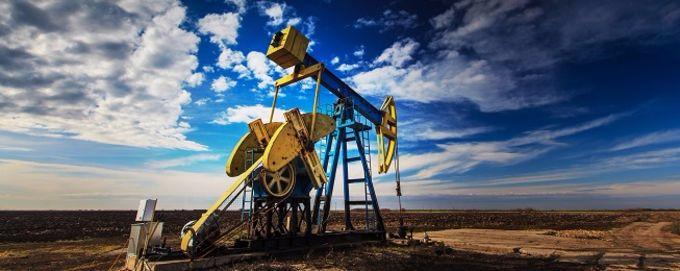
Fracturing a Better Future
Health Concerns
Concerns are rising for potential impacts associated with hydraulic fracturing. When wastewater returns to the surface, it is often injected into wastewater disposal wells. Over time, these wells may fail and release toxic chemicals into the surrounding rock and soil. This creates the possibility of groundwater contamination. Concerns for impacts to groundwater resources are based on
(i) Fluid (water and gas) flow and discharge to shallow aquifers due to the high pressure of the injected fracturing fluids in the gas wells.
(ii) The toxicity and radioactivity of produced water from a mixture of fracturing fluids and deep saline formation waters that may discharge to the environment.
(iii) The potential explosion and asphyxiation hazard of natural gas
(iv) The large number of private wells in rural areas that rely on shallow groundwater for household and agricultural use—up to one million wells in Pennsylvania alone—that are typically unregulated and untested
The potential impact of gas drilling and hydraulic fracturing on shallow groundwater quality is evaluated by comparing areas that are currently exploited for gas (defined as active—one or more gas wells within 1 km) to those that are not currently associated with gas drilling (non-active; no gas wells within 1 km), many of which are slated for drilling in the near future. Methane concentrations were detected generally in 51 of 60 drinking-water wells (85%) across the region. Methane concentrations were 17-times higher on average (19.2 mg CH4 L−1) in shallow wells from active drilling and extraction areas than in wells from non-active areas. 12 dissolved-gas samples at active drilling sites fell along a regional gas trajectory that increases with reservoir age and thermal maturity of organic matter, with samples from Susquehanna County, Pennsylvania specifically matching natural-gas geochemistry from local gas wells (Figure B shown below). These 12 samples and local natural-gas samples are consistent with gas sourced from thermally mature organic matter of Middle Devonian and older depositional ages often found in Marcellus Shale from approximately 2,000 m below the surface in the northern Appalachian Basin (Figure B shown below). In contrast, none of the methane samples from non-active drilling areas fell upon this trajectory [13].
The issue of contamination of wells around fracturing operations are hurting people inside their own homes. The most notorious example of this would be the contamination of water wells in Pavillion, Wyoming. Additives from fracking were found in house water causing an unpleasant odor and taste. The chemical additives from fracking are linked to many health effects such as cancer, immune system effects, cardiotoxicity, and etc. A lot of studies have been done concerning the amount of water reservoirs that are being contaminated near fracturing operations. A study done by EPA found that for every 100 wells in Colorado there is about one spill while Pennsylvania ranges from 0.4 to 12.2 spills for every 100 wells [14].
Non-hydraulic fracturing will resolve these issues. As the process does not produce wastewater, there is no concern for groundwater contamination due to wastewater injection well failure. Additionally, due to the elongated operations and high pressure that is necessary for hydraulic fracturing, there exists a greater chance for fluid migration out of the reservoir rock and into surrounding soils and rocks. However, with the use of non-hydraulic fracturing, the operations will be done in a much quicker manner and require lower pressures than hydraulic fracturing. This increases productivity and the flow rate of hydrocarbons will simultaneously decreasing the opportunity for contamination. Finally, if a spill of non-hydraulic fracturing fluid occurs, cleanup is much easier and quicker than traditional hydraulic fracturing due to the simple chemical makeup of the non-hydraulic fracturing fluid [8].